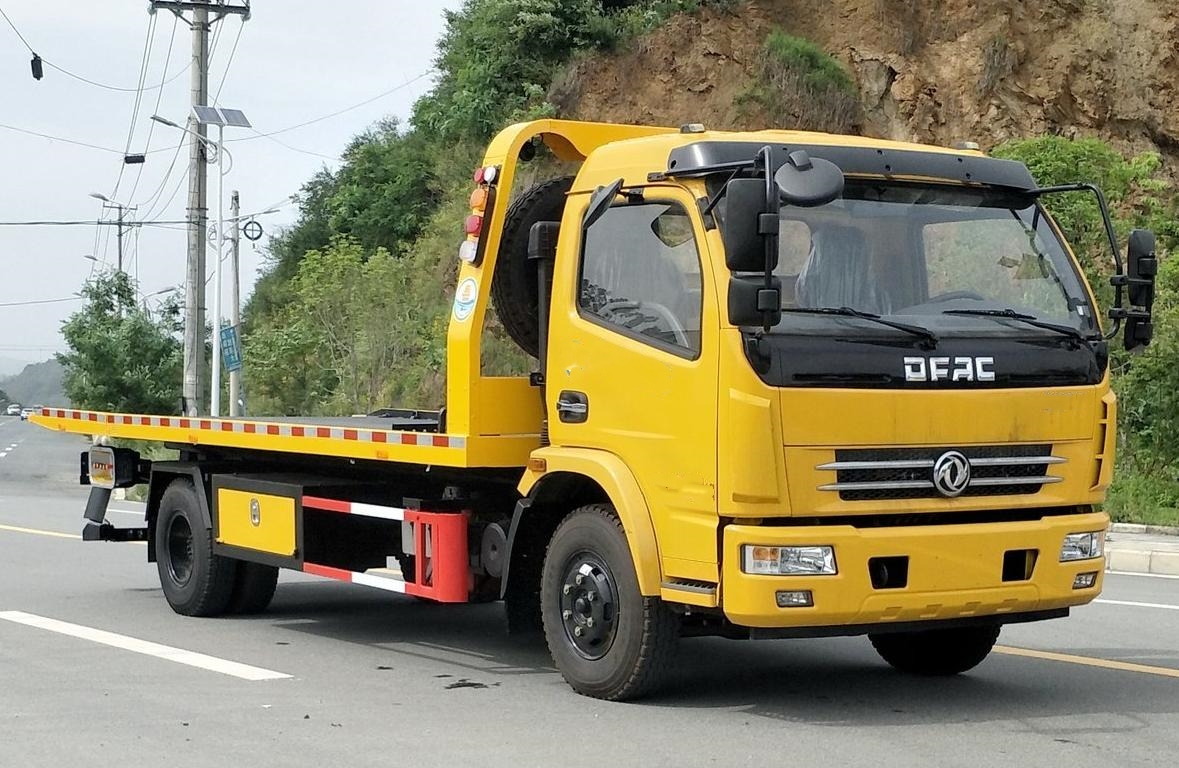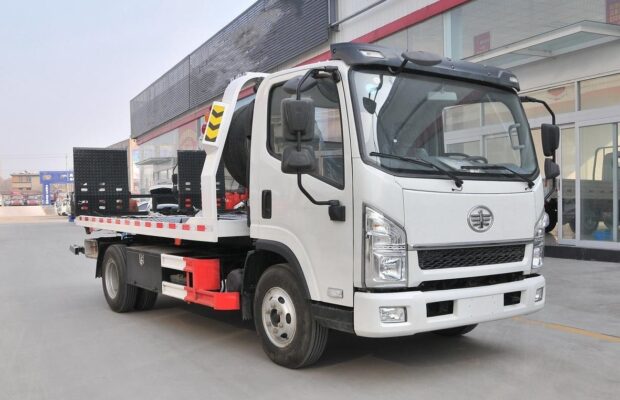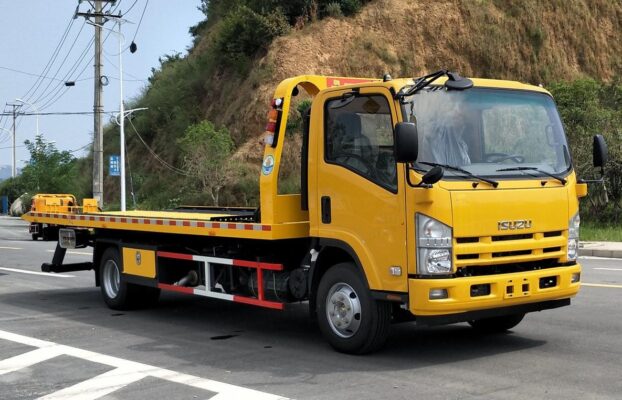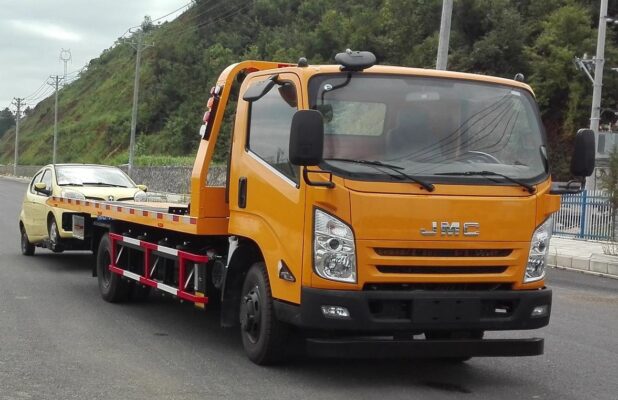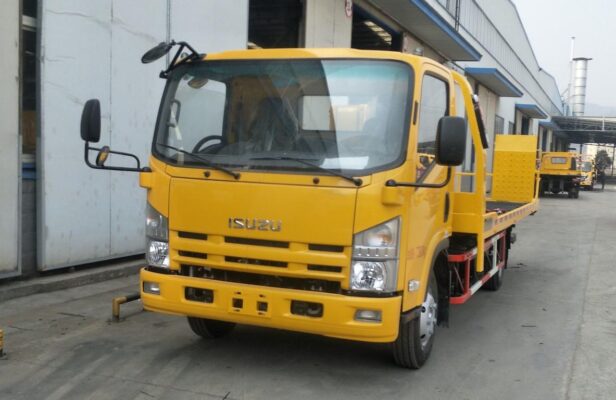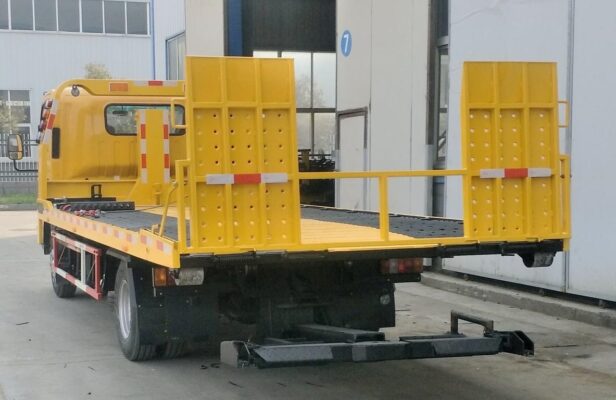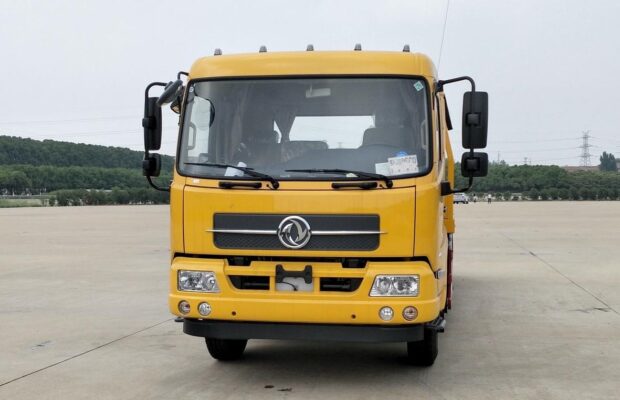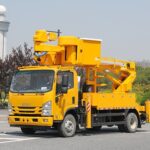To expand the basic safety guidelines for tower crane operation into a detailed 2000-word document, I will enrich the existing points with more thorough explanations, practical examples, and further safety measures. This comprehensive guide will provide a deeper understanding of tower crane operations, while emphasizing safety procedures at every step.
Inleiding: The Critical Role of Tower Crane Operators
Tower cranes are integral to modern construction projects, enabling the lifting and movement of heavy materials across construction sites. As a toringkraan operator, you not only play a pivotal role in the construction process but also carry significant responsibility for ensuring the safety of your team and equipment. A minor error in judgment or a failure to follow proper safety protocols can result in accidents, equipment damage, or even loss of life. Hence, strict adherence to safety guidelines is essential to prevent hazardous situations.
This comprehensive guide, based on extensive experience from seasoned toringkraan operators and signal personnel, outlines fifteen crucial safety guidelines. These guidelines ensure that operators not only maximize crane efficiency but also minimize risks during operations.
1. Health Requirements for Tower Crane Operators
Tower crane operation demands physical and mental sharpness, as operators must remain vigilant and responsive throughout their shifts. Good health, particularly in terms of vision, hearing, and physical endurance, noodsaaklik is. Operators must have excellent depth perception, clear sight in both eyes without color blindness, and normal hearing capabilities to accurately interpret signals and commands.
Operators are required to undergo rigorous safety and technical training. Only after passing the necessary exams and receiving the special equipment operation certificate can they work independently. Regular health assessments are recommended to ensure operators are fit for duty, especially as toringkraans often operate in extreme environments.
2. Mandatory Safety Devices on Tower Cranes
For safe crane operation, the crane itself must be equipped with essential safety devices. These devices act as safeguards, preventing accidents by automatically limiting or stopping unsafe actions. Key safety devices include:
- Hook and rope drum safety devices: Prevents the hook from detaching or the rope from slipping.
- Anti-rope breakage devices: Protects against sudden breakage of hoisting ropes.
- Height limiters: Ensures that the crane does not exceed its maximum height limit, protecting against overloading or toppling.
- Slewing limiters and travel limiters: Restricts the range of the crane’s rotation and movement to avoid dangerous collisions or tipping.
- Moment limiters: Monitors the load and warns or stops operations if the crane approaches its maximum lifting capacity.
- Protective hoops on ladders: Ensures safety during climbing and prevents falls during maintenance.
Regular checks must be performed to ensure that all safety devices are functioning correctly before operation.
3. Knowledge of Equipment and Operating Procedures
Familiarity with the specific crane model is crucial for safe operation. Each crane has unique features, and operators must be well-versed in the performance, structure, and technical specifications of the crane they are using. This includes understanding the crane’s weight capacity, operational limits, en onderhoudsvereistes.
Operators should strictly follow the manufacturer’s guidelines and regulatory standards during every stage of crane operation. Violating these standards can result in accidents, penalties, or operational shutdowns.
For second-hand or previously used cranes, it is especially important to verify their condition. Operators must ensure that the crane’s components have not exceeded their expected service life as outlined in the manual. Routine inspections should be performed to check for wear and tear or potential mechanical faults.
4. Pre-Operation Inspections
Before operating the tower crane, operators must carry out a series of checks to ensure everything is in working order. This includes:
- Removing obstructions from tracks: Any debris or obstacles on the track could cause derailment or improper movement.
- Lifting rail clamps: Ensures the crane is free to move along its designated path without hindrance.
- Tightening rail plate screws: Prevents loosening of the rails during movement.
- Conducting test lifts: A test lift helps confirm that the crane’s hoist system and load handling capabilities are functioning properly before starting full-scale operations.
These inspections are critical in preventing malfunctions during operation.
5. Safety During Operation
While operating the tower crane, vigilance is key. The following safety measures should be followed:
- Cab environment: During operation, the cab windows should be open to allow better communication with signal personnel. Egter, during the winter months, the cab should be insulated and equipped with fire prevention measures to ensure the operator’s safety.
- Attention to signals: Operators must maintain constant communication with signal personnel, who provide vital instructions on load movement and placement. Miscommunication or delayed signals can lead to dangerous situations.
6. Post-Installation Inspection
Before a tower crane can be used after assembly or reinstallation, it must undergo a thorough inspection. Regulatory authorities or qualified engineers must assess the crane’s structural integrity and mechanical systems. Only cranes that pass these inspections are approved for operation. Using an uninspected or failed crane is not only illegal but could lead to severe accidents.
7. Approaching Track Limit Switches
Track limit switches act as a safeguard by stopping the crane when it reaches the end of its permissible travel range. When approaching these switches, operators must reduce speed and stop the crane in advance to avoid abrupt halts or potential collisions. If signal clarity becomes compromised, or if there is any uncertainty about the crane’s movement, operations should be paused immediately to avoid accidents.
8. Safe Coordination of Multiple Cranes
In construction sites with multiple cranes working in close proximity, maintaining a safe distance between the cranes is essential to avoid collisions. Operators must coordinate their movements and maintain communication with other crane operators to ensure safe operations. This is particularly important when cranes are operating in overlapping zones where their booms may cross paths.
9. No Standing on or Under Lifted Objects
It is strictly prohibited for anyone to stand on or work on objects being lifted by the crane. Daarbenewens, the area under the crane’s boom or a lifted load should be kept clear of personnel at all times. This minimizes the risk of injury in the event of an equipment malfunction or load drop. The crane operator must ensure that there are no workers in these danger zones before commencing lifting operations.
10. Safe Distance from Overhead Power Lines
When operating near power lines, the crane’s boom and any lifted objects must maintain a safe distance to prevent electrical accidents. Contact with overhead power lines can result in severe injury or even fatalities. Adhering to the “Ten No-Lift” safety rules, which prohibit certain unsafe actions during lifting, is vital in preventing accidents near electrical hazards.
11. Controlled Descent of Objects
Free-falling of lifted loads is strictly forbidden. Operators must use hand or foot brakes to control the slow and steady descent of objects. This controlled movement ensures that the load does not cause damage to the site or endanger personnel working nearby.
12. Restrictions on Full or Near-Full Load Operations
When operating at or near the crane’s maximum lifting capacity, specific precautions must be taken. It is strictly prohibited to lower the boom while lifting a full or near-full load, as this could destabilize the crane and result in equipment failure. Daarbenewens, operators should avoid performing multiple actions simultaneously, such as lifting and rotating, when operating at maximum capacity, as this increases the risk of overloading and accidents.
13. Post-Operation Procedures
After the completion of crane operations, the crane should be parked securely in the center of the track to avoid imbalance. The boom should be positioned to face the wind direction, which prevents the wind from causing undue strain on the crane’s structure. Rail clamps should be locked, the power supply must be switched off, and all brakes should be applied. Daarbenewens, the control lever should be set to neutral, and the cab door should be securely locked to prevent unauthorized access.
14. Load Balancing with Self-Erecting Tower Cranes
When using a self-erecting tower crane, ensuring proper load balance is crucial. The counterweight must be moved to the specified position as indicated in the operating manual. Failing to properly position the counterweight could result in tipping or instability during lifting operations.
15. Safe Jacking Procedures
During jacking, which involves raising the height of the crane, the following steps should be followed for safety:
- The hoist cable should be loosened to a length slightly greater than the jacking height.
- The cable reel should be securely fixed to prevent unintentional unwinding.
- The trolley and counterweight should be moved closer to the tower head to maintain balance.
- The rotating part of the crane should be braked to prevent unwanted rotation during the jacking process.
Gevolgtrekking: Commitment to Safety in Tower Crane Operations
By adhering to these expanded safety guidelines, tower crane operators can ensure safer, more efficient, and compliant operations. Routine maintenance, clear communication with ground personnel, and a comprehensive understanding of the crane’s safety systems are essential for preventing accidents and promoting a safe work environment. Safety must always be the top priority for crane operators, ensuring that construction projects progress smoothly without endangering lives or equipment.

